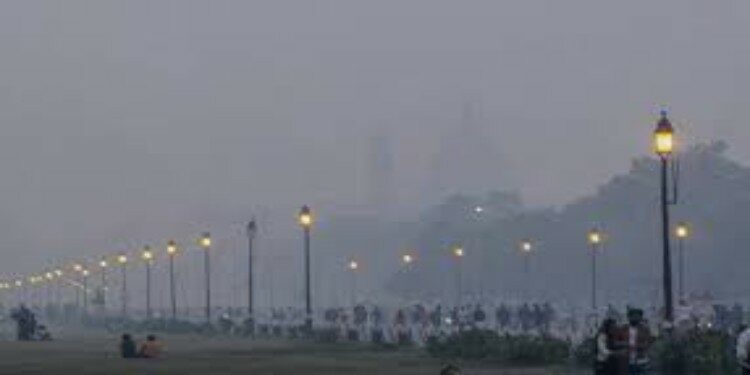About the Environmental Performance Index (EPI)-
- ERI is an international ranking system of countries’ environmental health and sustainability.
- The EPI offers a scorecard that highlights leaders and laggards in environmental performance and provides practical guidance for countries that aspire to move toward a sustainable future.
- The EPI 2022 is produced jointly by the Yale Centre for Environmental Law and Policy and the Columbia University Earth Institute.
- Funding from the McCall MacBain Foundation of Canada supports the EPI work at both Yale and Columbia.
- Using 40 performance indicators across 11 issue categories, the EPI ranks 180 countries on climate change performance, environmental health, and ecosystem vitality.
- Denmark was ranked first followed by the UK, Finland and Malta in 2022.
- As per the index, Deteriorating air quality and rapidly rising greenhouse gas emissions pose especially urgent challenges.

MoEF & CC objections to indicators- The MoEF&CC issued a statement saying that many of the indicators used by EPI 2022 are “based on unfounded assumptions”. With a score of 18.9, India is ranked below Pakistan, Bangladesh, Vietnam and Myanmar — the other poorest performers on the index.
The Ministry of Environment does not accept its analysis and conclusions for the following reasons: –
- The Projected GHG Emissions levels in 2050 is computed based on average rate of change in emission of the last 10 years instead of modelling that takes into account a longer time period, extent of renewable energy capacity and use, additional carbon sinks, energy efficiency etc. of respective countries.
- Both forests and wetlands of the country are crucial carbon sinks which have not been factored in while computing the projected GHG emissions trajectory upto 2050.
- Historical data on the lowest emission trajectory has been ignored in the above computation.
- The weight of indicators in which the country was performing well has been reduced and reasons for change in assignment of weights has not been explained in the report.
- The principle of equity is given very low weightage in the form of indicators like GHG emission per capita and GHG Emission intensity trend.
- The CBDR-RC principle is also barely reflected in the composition of the index.
- India has already achieved the target of 40% of installed electricity capacity from non- fossil fuel based sources.
- The indicators on Water quality, Water use efficiency, Waste Generation per capita which are closely linked to Sustainable Consumption and Production are not included in the Index.
- The Index emphasizes the extent of Protected Areas rather than the quality of protection that they afford. Management Effectiveness Evaluation of Protected areas and eco-sensitive regions is not factored into the computation of Biodiversity Indices.
- Again the index computes the extent of ecosystems but not their condition or productivity.
- Indicators like Agro biodiversity, soil health, food loss and waste are not included even though they are important for developing countries with large agrarian populations.
















